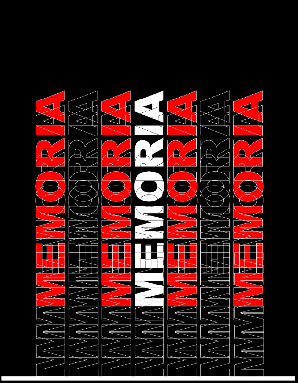Abstract
This paper elaborates an analytical study on the topic of the descriptive memory in architecture and proposes to understand it as a way of theoretical reflection from two possible approaches. One, centred on the condition of a priori, that is to say, when the memory constitutes a prefiguration of the work of architecture, and the second approach structured from the condition of a posteriori, this is, when the memory takes place as an inventory later to the existence of the work. The determination of these conditions arose from the comparative study of a corpus of 120 descriptive memories of projects, presented to the Colombian Biennial of Architecture in the period between 1.990 and 2.010. These conditions of temporality place the descriptive memory in two different points, two possible fields from which the architect develops and leaves a testimony so much of his ideas, since of his conceptual approaches opposite to the constructed work, and that in short it constitute, his way of expressing a theory of his architecture.
Apuntes is registered under a Creative Commons Attribution 4.0 International Public License. Thus, this work may be reproduced, distributed, and publicly shared in digital format, as long as the names of the authors and Pontificia Universidad Javeriana are acknowledged. Others are allowed to quote, adapt, transform, auto-archive, republish, and create based on this material, for any purpose (even commercial ones), provided the authorship is duly acknowledged, a link to the original work is provided, and it is specified if changes have been made. Pontificia Universidad Javeriana does not hold the rights of published works and the authors are solely responsible for the contents of their works; they keep the moral, intellectual, privacy, and publicity rights.
Approving the intervention of the work (review, copy-editing, translation, layout) and the following outreach, are granted through an use license and not through an assignment of rights. This means the journal and Pontificia Universidad Javeriana cannot be held responsible for any ethical malpractice by the authors. As a consequence of the protection granted by the use license, the journal is not required to publish recantations or modify information already published, unless the errata stems from the editorial management process. Publishing contents in this journal does not generate royalties for contributors.


